Are you uncertain concerning Swarovski Crystal and moissanite? In this write-up, we’ll discuss everything you need to learn about Swarovski Crystal vs moissanite. Read on and learn more!
What are Swarovski Crystals?
Swarovski Crystal isn’t a gemstone or even a crystal it’s a kind of glass that’s made at heats by melting silicon oxide powders with lead to form what is called lead crystal. The exact procedure is one that’s patented by Swarovski but it has around 32% lead content to raise the crystal’s refraction index to appear like that of a diamond.
To produce a diamond-like impact the crystal glass is precision cut and then polished once again by a Swarovski patented process that offers the crystal a top notch finish. The crystals are typically further enhanced by layer the glass with an Aurora Borealis or abdominal muscle layer that gives the surface a rainbow-like look to imitate dispersion from a diamond.
What is Moissanite?
Moissanite is a manufactured type of silicon carbide. Due to the fact that natural silicon carbide is so rare, a lot of the Moissanite you see today needs to be lab-created. It’s a rather new fashion jewelry mineral, in use for style precious jewelry just considering that 1998.
Yet it was uncovered back in 1893, by Henri Moissan, that would certainly later on win the Nobel Prize for Chemistry (1906 ). Later, scientists determined how to develop Moissanite in the laboratory, so now a new generation can look to Moissanite as a substitute for diamonds.
It is essential to keep in mind that moissanite is a rock in its own right that simply happens to appear like rubies. To put it simply, moissanite is a diamond look-alike, not a diamond impersonator.
Differences Between Swarovski Crystals Vs Moissanite
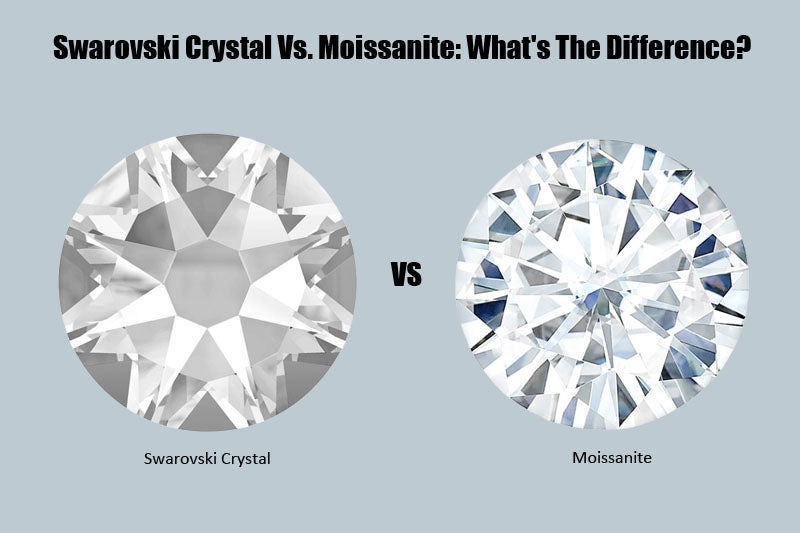
Color
The two gems have a huge shade distinction. Swarovski crystal is constructed from a chemical layer that determines its color after being created. You can discover it in 84 various colors like khaki, ruby, and also other differing clear ones.
Moissanite, on the other hand, is commonly anemic. Anemic rubies range from light color to anemic. Colored rubies exist as well. Colored moissanite is tinted using a process called high pressure, heat (HPHT) treatment.
During this procedure, the moissanite is taken into a regulated environment with both extreme high temperatures and stress. The tinting that’s applied to the moissanite rock is long-term but calls for mild cleaning as well as repairs as it may damage with daily wear.
Cut
Swarovski’s X-Cut modern technology gives sophisticated optical measurement and high-precision production supplying costs cuts characterized by the interplay of multilayered surfaces as well as angles. This innovation raises the crystals’ brightness, fire, as well as scintillation to an unparalleled level.
Moissanite is cut in exactly the same way as diamonds.S o it is not constantly as brilliant as Swarovski crystals since not all moissanite makers coincide. Moissanite need to be cut, drilled, and polished prior to they shimmer like magic. The extent of how well a gems is cut is straight pertaining to its total charm. Very good moissanite able to show a lot of the light that enters them. Poor and fair moissanite barely reflect light.
Hardness
Right here, you can expect that moissanite is more hardness than Swarovski. According to the Mohs range of solidity, hardness comes from a lot the gem can withstand a scratch. The degree ranges from one to 10.
Moissanite is second just to diamond in firmness with a ranking of 9.25. It shows that it can not swiftly discolor as a result of being able to withstand scrapes. This facet prevails to every moissanite.
Swarovski crystal has a degree of 6 to 7. It implies that they can quickly get scratched as well as gloomy after a given duration. Hardness applies to every Swarovski crystal.
Brilliance
Moissanite beam even more remarkably than Swarovski crystals. Moissanite has a refractive index of 2.65, while Swarovski has a refractive index of 1.7. In gemology, the term “brilliance” describes light reflection. The cut of a moissanite affects its brilliance similarly that the cut affects sparkle.
The more light that leaks with the behind of a stone, the much less brilliant it is. The light that only beams via the top of the stone is also lost since the stone’s head blocks it. Brightness as well as comparison have to be incorporated to produce brilliance.
Price
Normally, moissanite rocks are a lot more costly than Swarovski crystals. Swarovski crystals can cost up to $125 per specimen. Swarovski crystals are already on the high end, as some products with the exact same type of crystal are conveniently available online for $49 or less.
Moissanites deserve less than rubies, but can still be pricey and also how worth. The rate of a moissanite will depend upon the size, however it is much less than its diamond equivalent. It is possible to obtain a 1 carat moissanite ring, as an example, for under $750. If the metal of the ring is silver, the cost will certainly be also less costly!

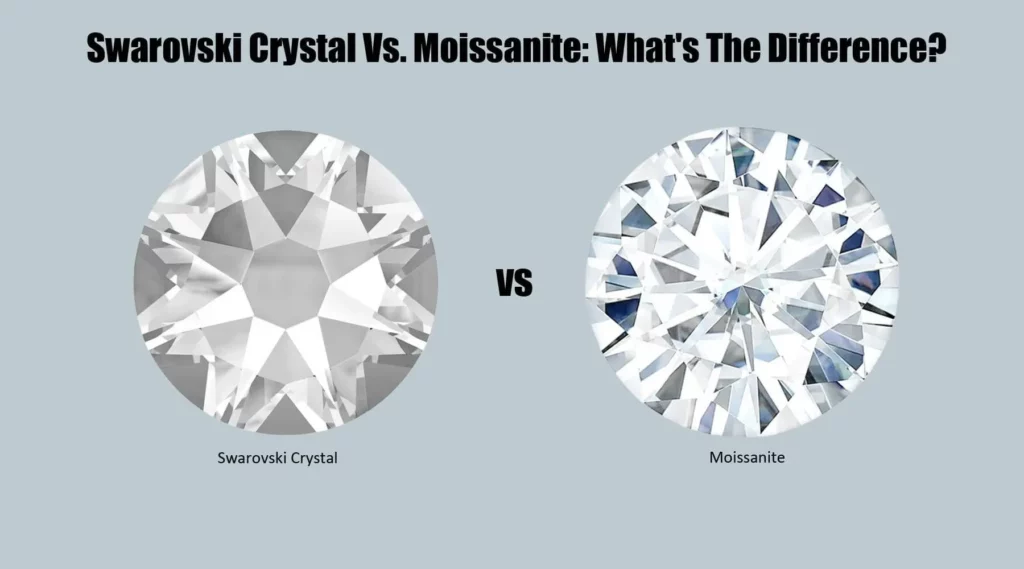

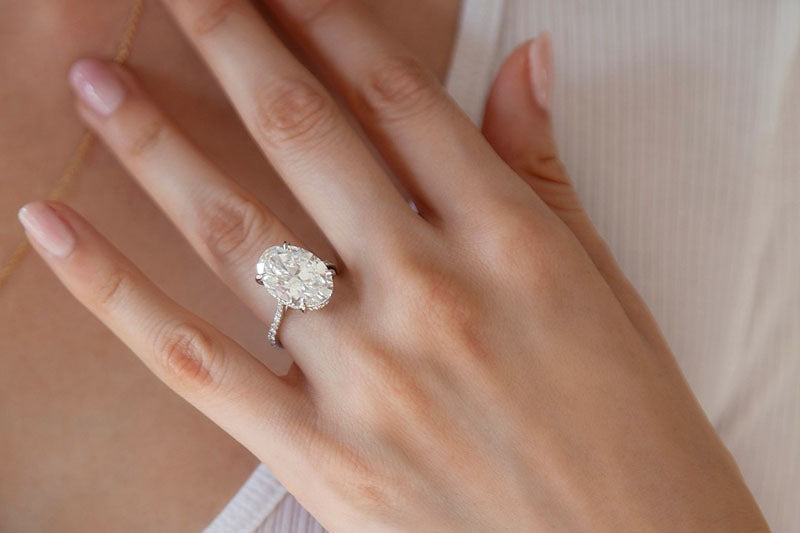
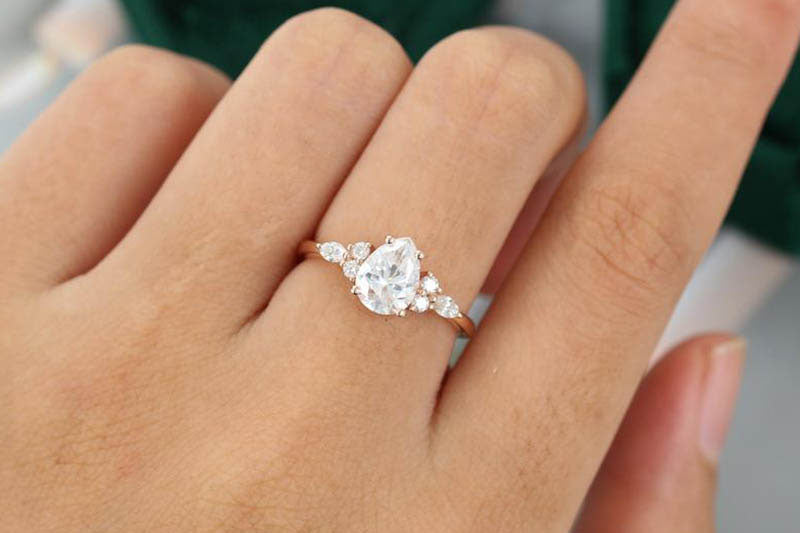
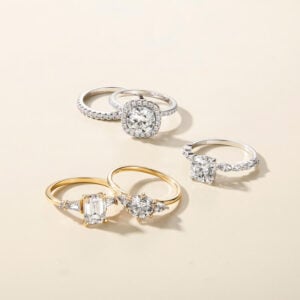
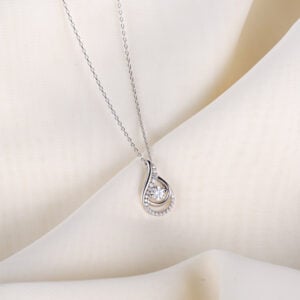
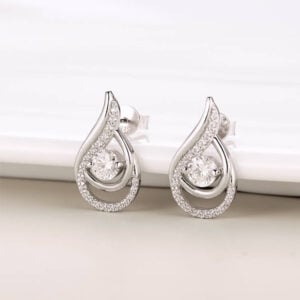
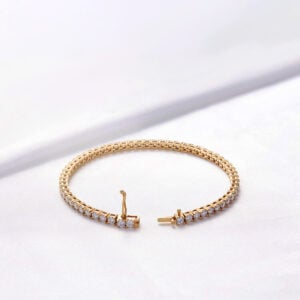
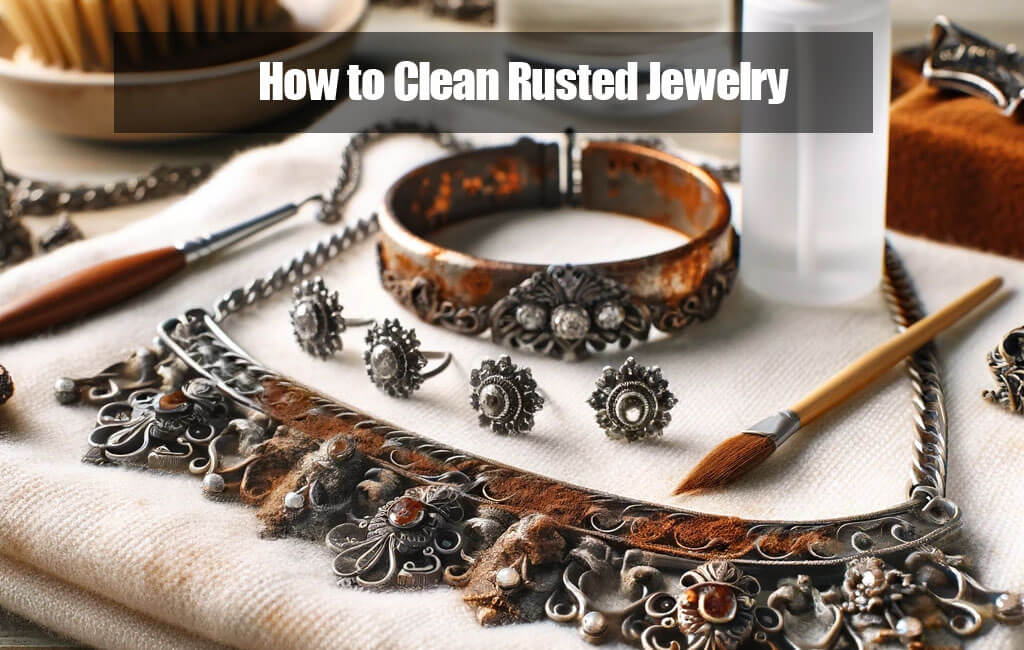
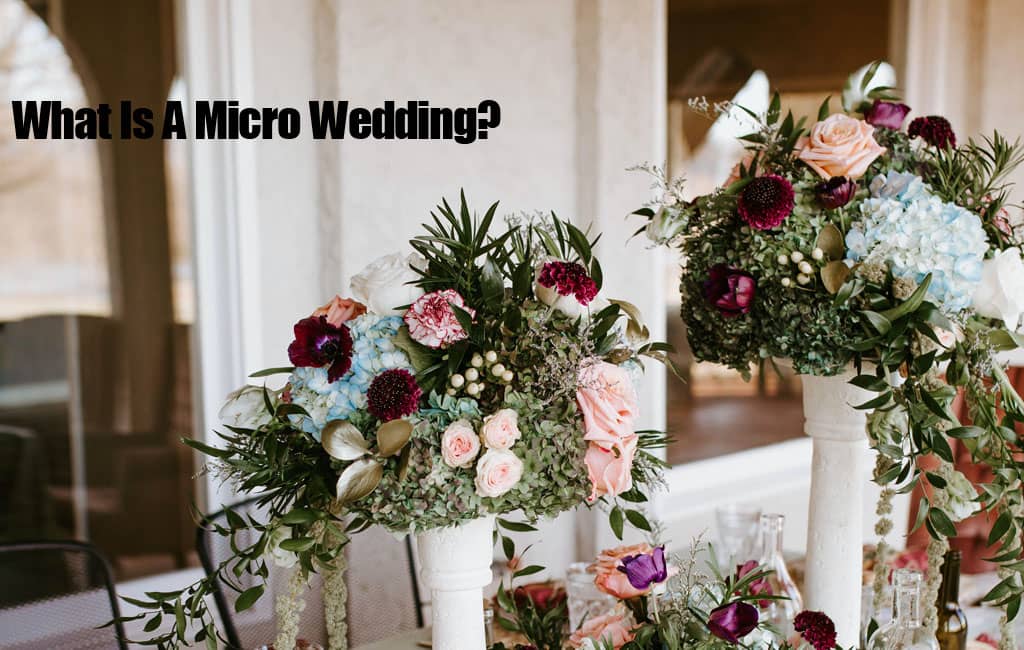

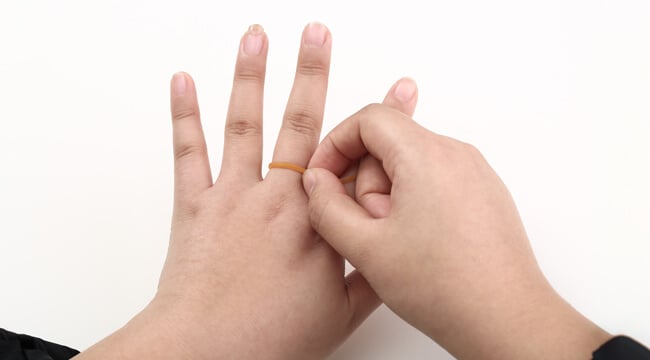
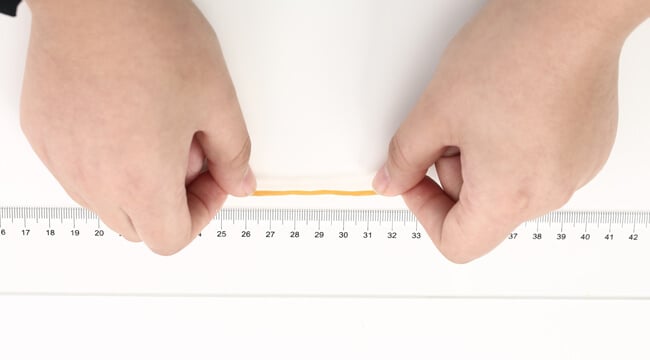
4 thoughts on “Swarovski Crystal Vs. Moissanite: What’s The Difference?”
I absolutely love mozart crystal jewelry! It is so beautiful!
Thanks
I spelled that wrong moissanite
It’s OK.